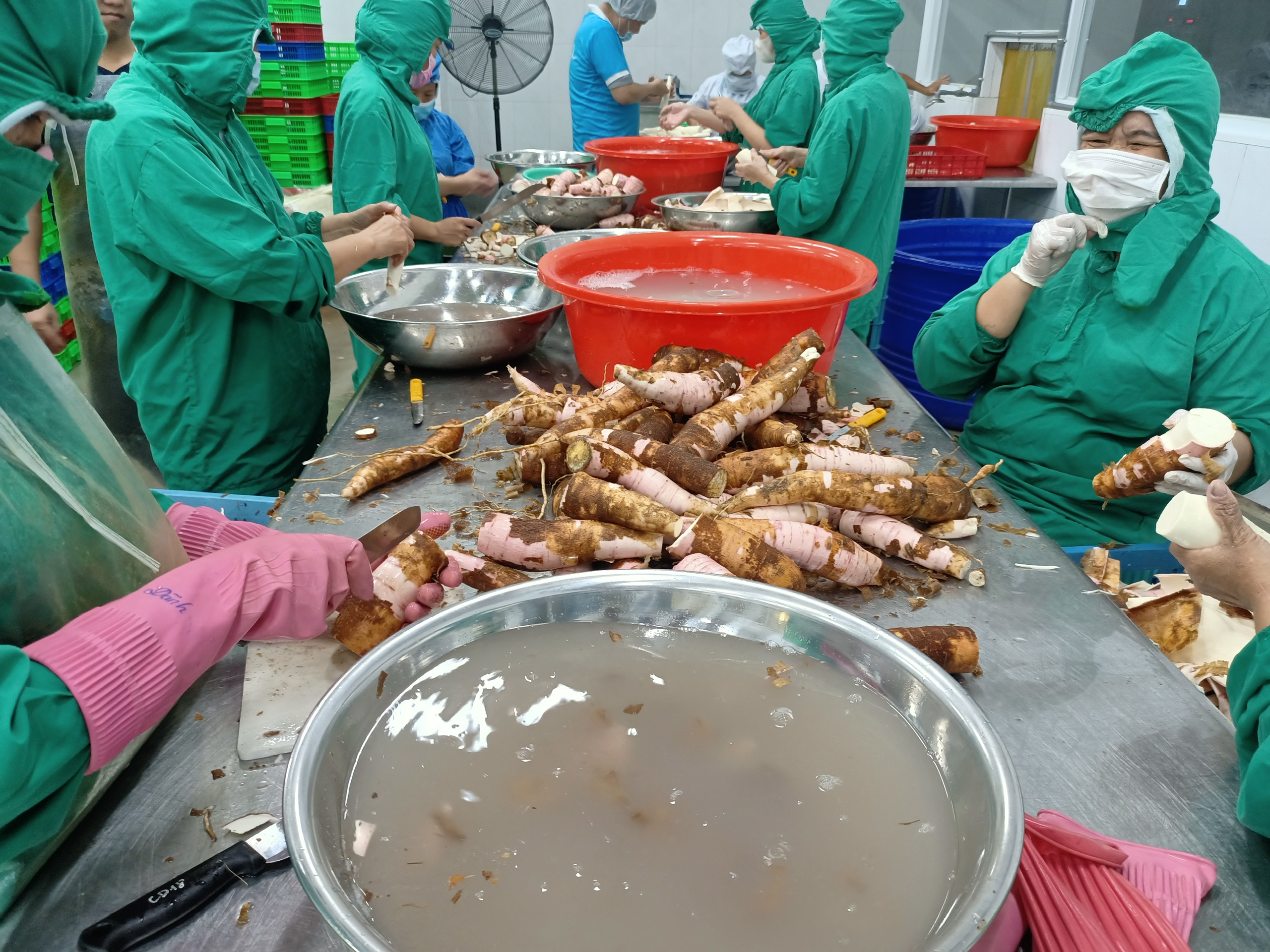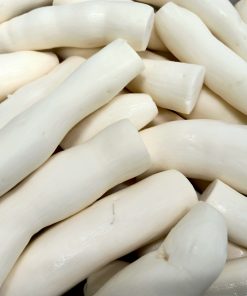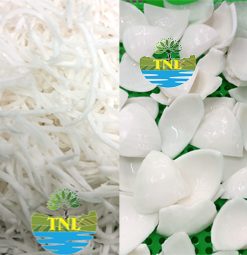1. Describe:
Cassava (Taiwan) is an important food crop, second only to rice and maize, and tends to gradually shift from the role of a food crop to an industrial crop that brings high productivity and profits to growers. Vietnam has become the second largest starch exporter in the world after Thailand. In 2011, cassava production in Vietnam was more than 10 million tons, of which 70% was for export and 30% for domestic consumption.
2. Nutrition:
Supports weight loss: Rich in fiber, tapioca is useful for those who are looking to lose weight. Low in calories but high in fiber, eating tapioca helps you feel full for a long time, thereby reducing the need for constant snacking, preventing weight gain unnecessarily.
Headache Relief: The presence of vitamin B2 and riboflavin in tapioca reduces headaches and migraines.
Cure Diarrhea: The antioxidant properties of tapioca root help eliminate bacteria that cause stomach problems, thereby reducing the symptoms of diarrhea.
Improves eyesight: One of the other great benefits of cassava root is protecting eye health. Eating cassava provides adequate vitamin A and minerals needed to enhance vision, prevent poor vision in old age.
Deworming: Eating tapioca can also reduce the disturbance of worms in the stomach and intestines.
3. Benefit:
- Eliminate anorexia: The carbohydrates and fiber in cassava tubers play an important role in regaining your appetite. If you experience anorexia due to fatigue or feeling overwhelmed by depression, add some cassava to your diet.
- Improve digestion: The insoluble fiber in cassava helps to improve the digestive system by absorbing toxins deposited in the gut as well as reducing inflammation if present in the digestive tract.
- Enhancing energy: Rich in carbohydrates, cassava provides quick energy, thereby improving brain function, combating the state of lethargy and stagnation.
- Lowering blood pressure: Some other benefits of cassava are good for mental health, maintaining strong muscles thanks to the presence of protein in cassava nourishes tissues. Eating cassava also lowers blood pressure thanks to its high fiber content.
4. Production process:
Selecting and receiving raw materials – Soaking 1 – Peeling – Soaking 2 – Shape cutting – Freezing – Weighing – PA packaging – Metal detection – Carton packing – labeling – Storage -18 degrees C - Distribution.
Reviews
There are no reviews yet.
Related products
Agricultural
Agricultural
Agricultural
Agricultural
Agricultural
Agricultural

















Be the first to review “Khoai mì (sắn)”